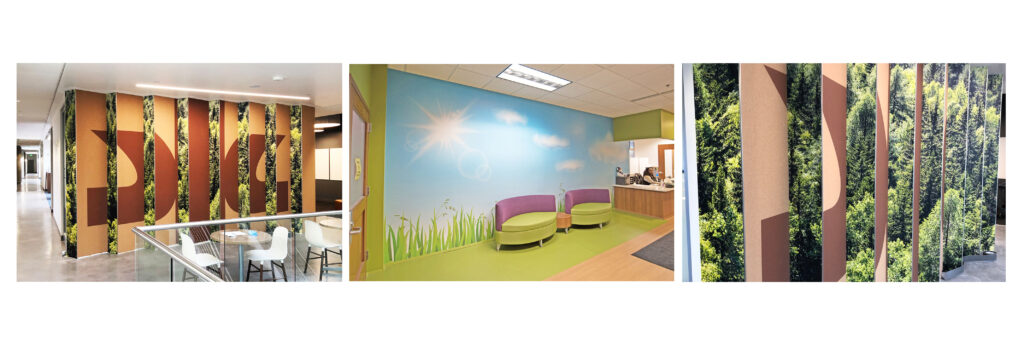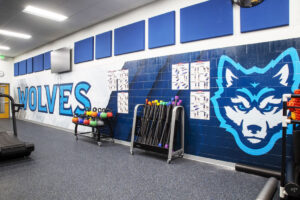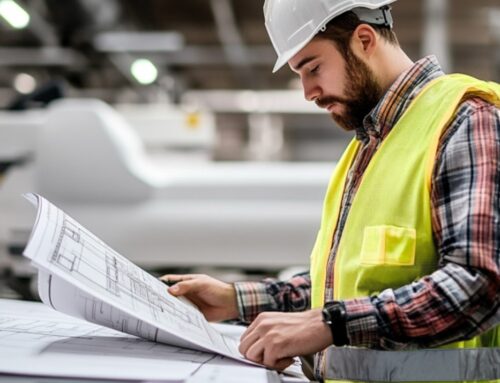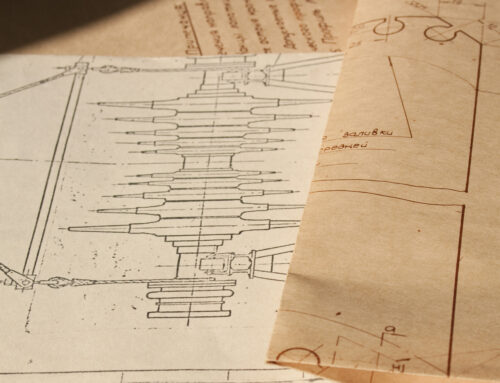After the ceremonial ribbons have been cut and you’ve shifted your focus to the next endeavor, the lasting influence of your designs remain.
Did you know that we spend majority of our lives indoors? According to the Environmental Protection Agency (EPA), the average American spends 93% of their life indoors. 87% is spent inside buildings, and the other 6% is spent in automobiles. That’s means only 7% of your entire life is spent outdoors, or only one half of one day per week. Ouch, but it’s the truth, so let’s make sure we can benefit from it.
After our collective period of COVID-19 lockdowns, people began reflecting a new found appreciation for healthier spaces. Which makes sense as to why in 2022, World Architecture Day was themed around architecture for well-being, and why Urban Architectural Initiatives appointed 2022 as the “Year of Design for Health” in buildings and cities.
Even before 2022, our architecture, design, and construction clients had already begun to prioritize wellness in their projects. Now, more than ever, we have been able to accentuate and highlight its significance in our projects.
They’ve boldly integrated natural elements, paid meticulous attention to color and texture, and increased the dimensions of specialized wellness areas.
Now, their designs harness more natural illumination. They seek methods to minimize noise and are incorporating elements that promote activity, engagement, and personal well-being.

Additionally, we’re fielding more inquiries about the environmental footprint of their projects. At Amplify, sustainability is paramount, influencing everything from the products we use internally to the methods we employ during installations.
All this focus on wellness has resulted in some recent installations that have incorporated:
- Work spaces that energize and motivate
- Materials that mimic nature, such as: landscape murals and LEDs (influenced by a firefly’s light-enhancing microsystems)
- Printed fabrics and custom wallpapers with themes inspired by nature
- Eco-friendly substrates that can be recycled and reused
- Water-soluble inks

Workout and Wellness spaces in schools and corporations offer invaluable benefits
For our team, being a part of the design community during these times has been truly motivating.
As Alberto Salvatore, the National Healthcare Design Leader at HED, insightfully points out, “design is not neutral.” Salvatore goes on to explain, “The ‘Culture of Health’ lens should be embedded in our design process. Every design starts with an inspiration. I, along with others I am sure, believe that if we use HEALTH as the inspiration to transform our practices, then we can not only transform our buildings, but also our communities and, once and for all, our planet. I also believe that architects and designers are, at our core, public health professionals. We should embrace that opportunity and, at some point soon after all of this, the collective responsibility to have an even greater impact on our community’s health through our designs.”
What a thought-provoking way to describe what our clients do!
How have you integrated wellness into your projects, from minor decisions to grand concepts? Alternatively, what wellness initiatives are you eager to explore? We’re excited to read your thoughts in the comments!






